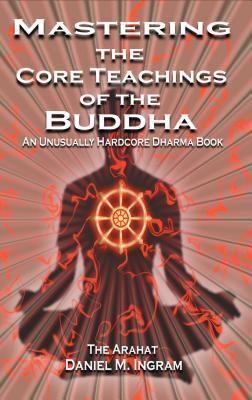What do you think?
Rate this book


406 pages, Kindle Edition
First published April 1, 2007
Many of the major retreat centers that purport to foster insight practice in the US and Europe are actually bastions of the worst pop psychological bullshit retrofitted with a bastardized Buddhist front.
What the Buddha taught was really extremely simple and , as a practice, particularly unglamorous and generally quite difficult though manageable. If one has a chance to read the original texts, one sees again and again that what the Buddha taught was generally practical and as non-dogmatic as could be expected. He basically said, 'Do these very specific things, and these specific results will happen.' He had little use for ritual, ceremony or philosophy that was not for some practical purpose.
When the emptiness door predominates with suffering as it's second aspect, then a very strange thing happens. There is an image on one side staring back, and then the universe becomes a toroid (doughnut), and the image and this side of the toroid change places as the toroid universe spins. The spinning includes the whole background of space in all directions. Fruition occurs when the two have changed places and the whole thing vanishes.